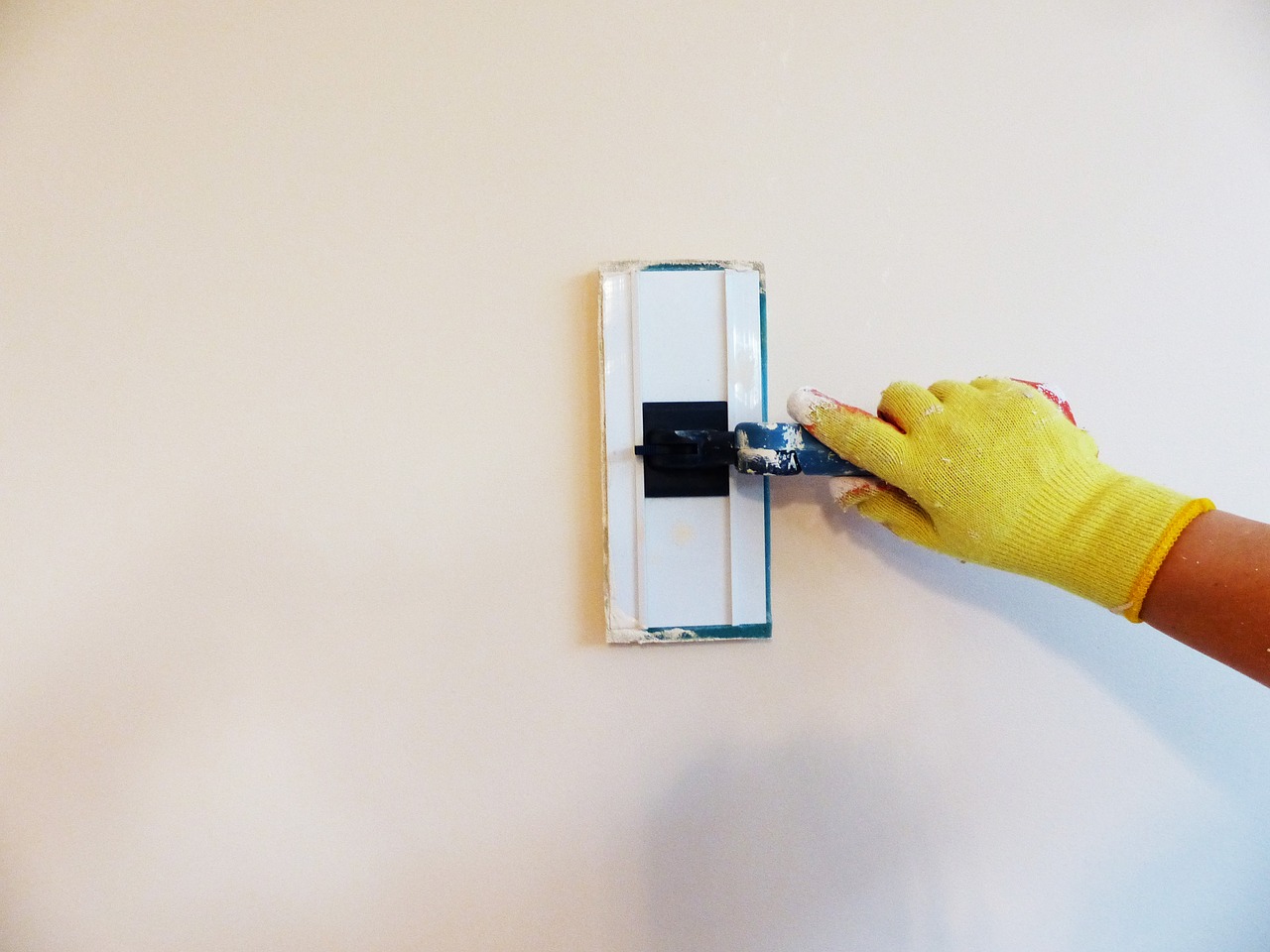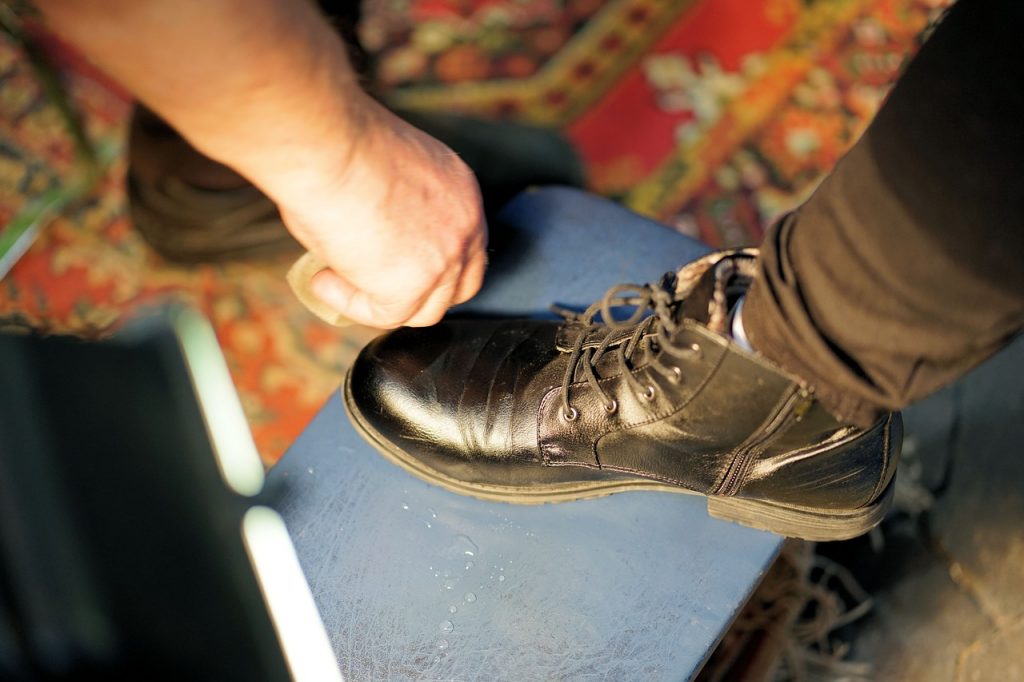How to Paint Walls without Streaks | Painting Room Evenly
Professional painters can make your home look like new by painting the interior walls with brushes and rollers. If you would prefer painting the rooms yourself, demonstration videos can show you how the paint can be applied without leaving streaks.
From proper prepping to brush washing and clean-up, easy-to-follow instructions are available. Gather supplies, prepare the walls and floor, and give your rooms a fresh, new look.
You are currently viewing a placeholder content from Youtube. To access the actual content, click the button below. Please note that doing so will share data with third-party providers.
How to Prepare Walls for Painting
Correcting Imperfections
Begin by examining the wall for cracks, dents, or holes. Picture frames may have been hung and removed, leaving a small hole that needs filling.
Using a putty knife, apply a small amount of spackling compound and scrape off the excess. Once the compound has dried, rub gently with a piece of 220 grit sandpaper. Wipe the areas with a sponge or slightly damp cloth and allow it to dry.
Check walls for accumulated dust, dirt, or cobwebs, especially in corners and behind furniture and drapes. Making sure the walls are clean and dry can ensure a more professional-looking result without streaks or blemishes.
Applying Painter’s Tape
Once your wall is clean, your next step will be applying painter’s tape in areas that should not be painted. Painter’s tape comes with varying adhesion levels to match the surface being painted.
Having chosen the right painter’s tape, learn how to apply it properly. Simply apply the tape in short strips that overlap each other. Press down firmly with your fingers or a putty knife on all edges to keep paint from seeping into the covered area.
How to Prepare a Room for Painting
When painting an average or small-sized room, removing the furniture will save you time by allowing you to continue painting without stopping to rearrange the furniture.
To protect floors, it is necessary to put down a drop cloth in all areas. You can choose from three kinds of drop cloths including canvas, plastic, or paper. Canvas drop cloths are the most expensive, but they quickly absorb any spills. Because of their superior durability, they can be used and reused for many painting jobs.
Plastic drop cloths are less expensive than canvas, but without the needed absorbency. Spilled paint will remain wet, making it likely that paint will be tracked onto the floor. Paper is the most economical type of drop cloth material, but it tears easily, making it undesirable for protecting floors.
Applying Primer and Painting the Walls
Primer is thinner and less expensive than top-coat paint. White primer may be used, or the primer may be mixed in a lighter shade matching the topcoat. By adhering to the drywall, the primer creates a smoother surface, making it easier to achieve a smooth final result with no streaks or splotches.
You might choose to save time and money by purchasing paint and primer in one. This is a good option when applying a lighter shade over a darker shade. If a wall was previously painted in dark red, for example, this product would offer better coverage with half the work and expense.
Cutting in with primer means creating a 2-to-3-inch border in places where the wall meets molding, baseboards, adjoining wall, window, door, or ceiling trim, or hinges.
Once the borders are applied, the primer can be applied to 3-foot by 3-foot areas, using a full roller and moving from top to bottom and side-to-side in “V” or “W”-shaped strokes. Avoid rolling large areas, as the primer may dry before the area is covered. Applying the topcoat over dry areas will produce a variation in the final color.
Apply only as much primer as can be done while the brush or roller is still wet. By overlapping wet areas of primer, a seamless surface for the topcoat is created. Professional painters call this technique “cutting to the wet edge”. When used for both coats of paint, streaks can easily be prevented.


